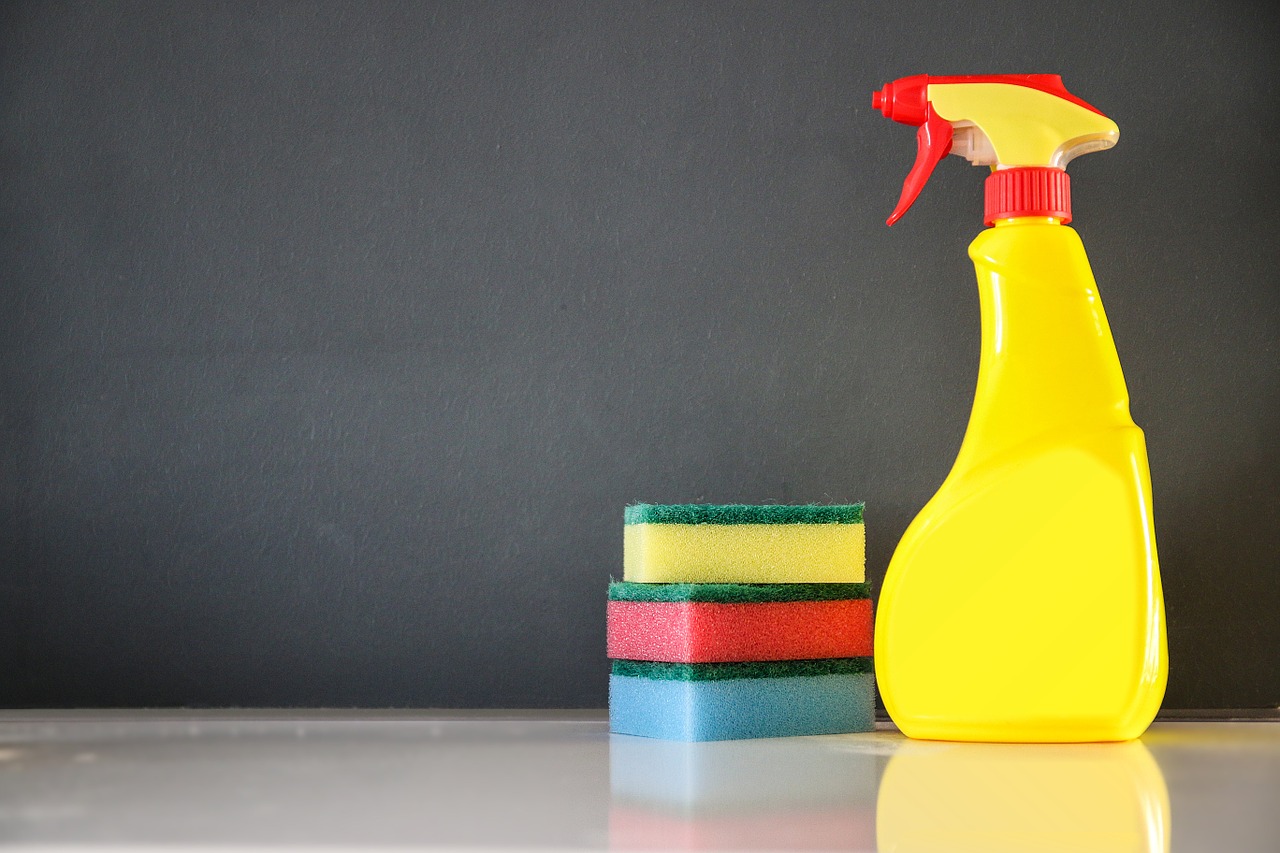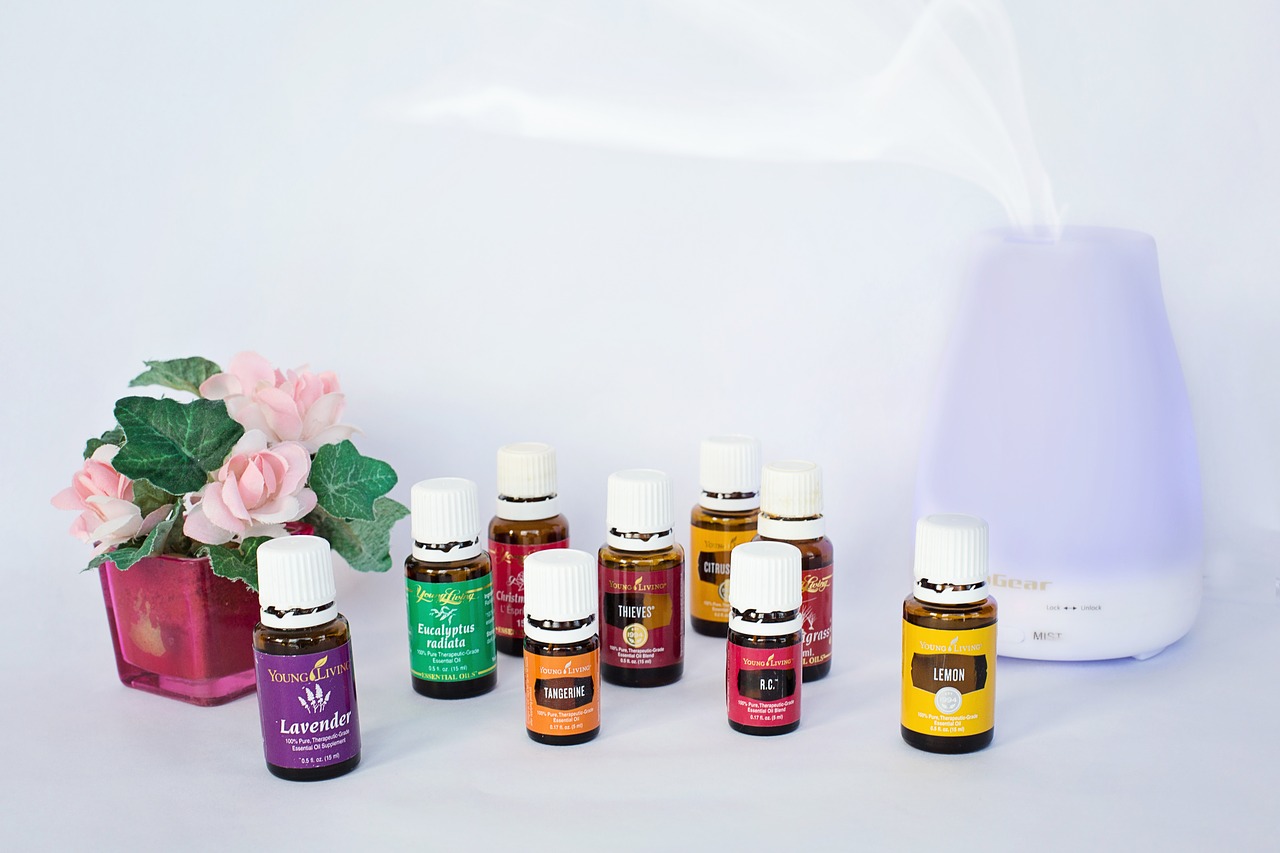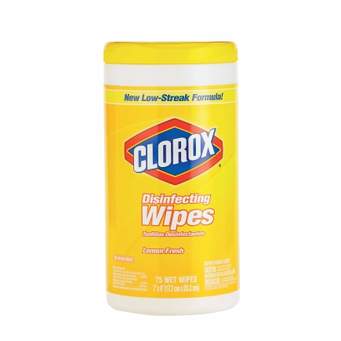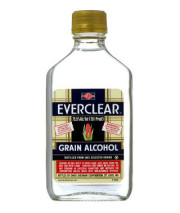Disinfecting wipes are commonplace in grocery stores. They are placed by grocery carts in grocery stores, gyms have them to wipe down the equipment before use and many schools have them on their back to school supply lists. But how safe are they?
What’s in disinfectant wipes?
The simple answer is they are not. The most frequently used chemicals are quats, short for quaternary ammonium compounds, along with additional chemicals such as alkyl dimethyl benzyl ammonium chloride and benzalkonium chloride.

Why should I be concerned?
These chemicals are considered to be asthmagens meaning substances that are known to trigger or exacerbate an asthmatic response. Asthmagens can also trigger an asthmatic response in healthy individuals who have no history of asthma. Since asthma affects one in ten children in the U.S. this is a product worth avoiding.
Even the AMA (American Medical Association) discourages the use of antibacterials in consumer products due to concerns that regular use can encourage the development of super bugs, which are bacteria that are resistant to antibiotics.
This abstract published in JAMA states “The use of common antimicrobials for which acquired bacterial resistance has been demonstrated should be discontinued in consumer products unless data emerge to conclusively show that such resistance has no effect on public health and that such products are effective at preventing infection.”
Premoistened wipes, also contain additional chemicals to prevent bacterial growth. Some of the preservatives used can include parabens, formaldehyde and MI/MCI, (Methylchloroisothiazolinone) all of these chemicals have associated health risks.
Unknown chemicals in fragrance
In addition, many wipes simply contain the word fragrance on their label. Fragrance is a generic term for any number and combination of chemicals used to create that scent. Fragrance also includes ingredients like phthalates which are hormone disrupters.

Don’t antibacterial wipes clean better?
Marketing commercials and ads would lead you to believe so. However the FDA (Food and Drug Administration) states that there is no evidence that cleaning with a disinfectant is any better at preventing illness than plain old soap and water.
What to avoid in bacterial wipes
Avoid products that contain quats, look for names like:
n-Alkyl (C14 50%, C12 40%, C16 10%) dimethyl benzyl ammonium chloride
Alkyl C12-18 Dimethylbenzyl Ammonium Chloride
Alkyl C12-14 Dimethylethylbenzyl Ammonium Chloride
Avoid the label fragrance
How do your bacterial wipes rate? Find out here.
Healthier alternatives:
Essential Oils-This is a great option, as essential oils are effective at killing disease-causing microbes. Some of the more popular essential oils to use in cleaning products include lavender, lemon, peppermint, tea tree oil and sweet orange.
GSE Spray-Grapefruit seed extract has antibacterial, antiviral, antiparasitic, and antifungal properties. To make your own spray, add 2 cups of water to a spray bottle and add 20 drops of GSE.
White vinegar-Most of what is sold in stores is a 5% concentration and will kill about 80% of germs
Hydrogen Peroxide– 3% concentration is effective at killing germs. An effective method during cold and flu season is to wipe down surfaces with vinegar and then follow up with a spray of hydrogen peroxide
Vapor steam cleaners-This is a great option for anyone with asthma, allergies, chemical sensitives or someone who wants to clean without toxins. You simply add water to the tank, it heats and creates steam that you use on any just about any surface.
Silver spray–Silver nanoparticles are an effective tool for killing disease-causing bacteria. This is a more expensive option.

Make your own disinfectant wipes
It’s easy to make your own disinfectant wipes in a matter of minutes and for significantly less than what you buy at the store. I found this great recipe at DIY Natural.
What you need:
15 or so 10 x 10 inch precut squares (old or new cotton t-shirts are great for this)
Quart size mason jar with lid
Disinfectant Ingredients:
¾ C. Water
¾ C. White distilled vinegar
15 Drops Lemon essential oil
8 Drops Lavender essential oil
4 Drops Bergamot essential oil
Directions:
Simply add all the liquid ingredients to your mason jar, stir to combine.
Add your cloth to jar and press down firmly to help them soak up the liquid.
Place cover on tightly and tip jar if needed to moisten all of the clothes.
To Use:
Simply wring out one cloth before using. Wipe surface. Rinse cloth and machine wash before placing cloth back in the jar.
Recipe #2 from live renewed
What you need:
15 or so 10 x 10 inch precut squares (old or new cotton t-shirts are great for this)
Quart size mason jar with lid
Disinfectant ingredients:
1 C. Water
¼ C. White vinegar
8-10 drops Lemon essential oil
8-10 drops Eucalyptus essential oil
5-7 drops Tea tree essential oil
Directions:
Simply add all the liquid ingredients to your mason jar, stir to combine.
Add your cloth to jar and press down firmly to help them soak up the liquid.
Place cover on tightly and tip jar if needed to moisten all of the clothes.
To Use:
Simply wring out one cloth before using. Wipe surface. Rinse cloth and machine wash before placing cloth back in the jar.
Sources include:
San Francisco Department of the Environment
Cleaning and Disinfecting Environmental Surfaces in Health Care
Products mentioned in this article:








